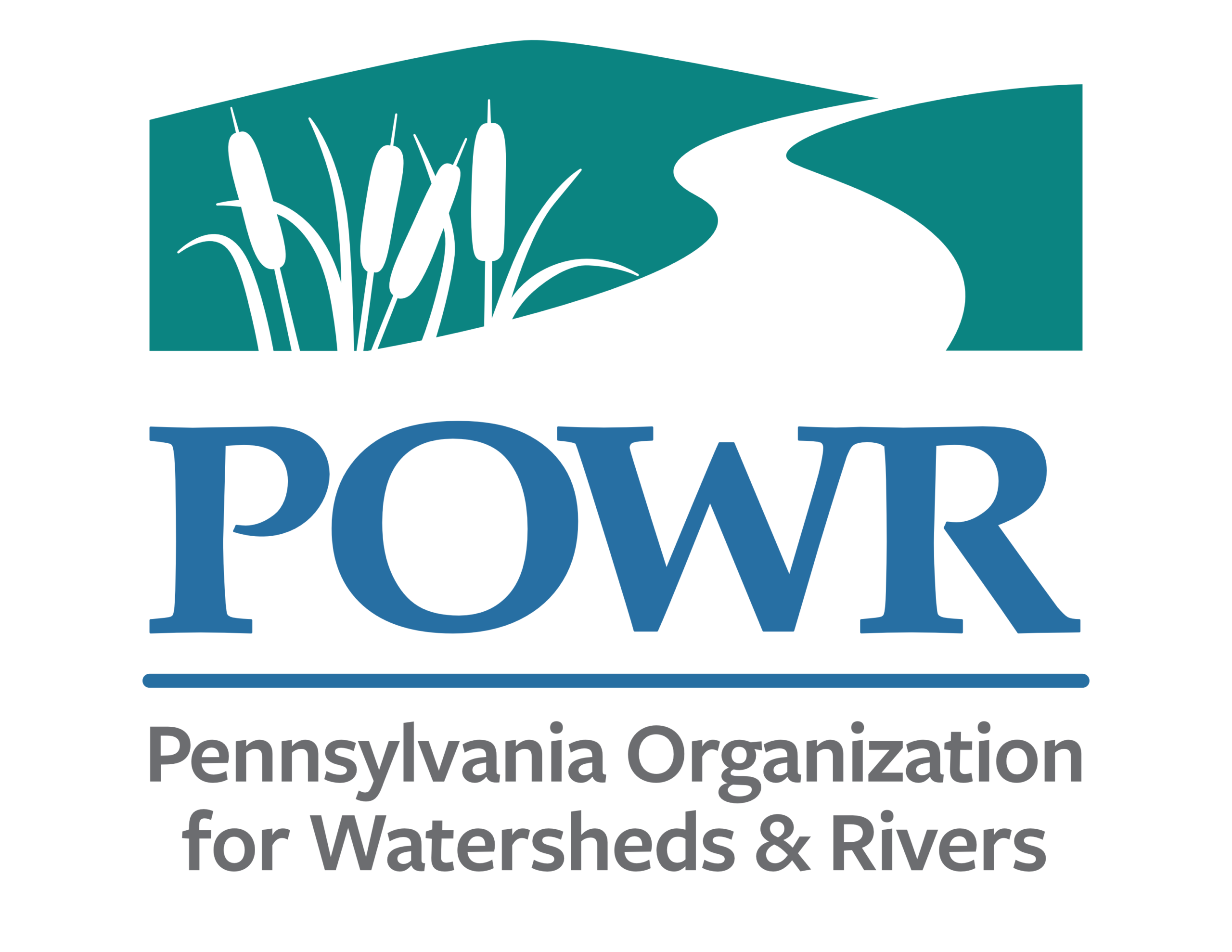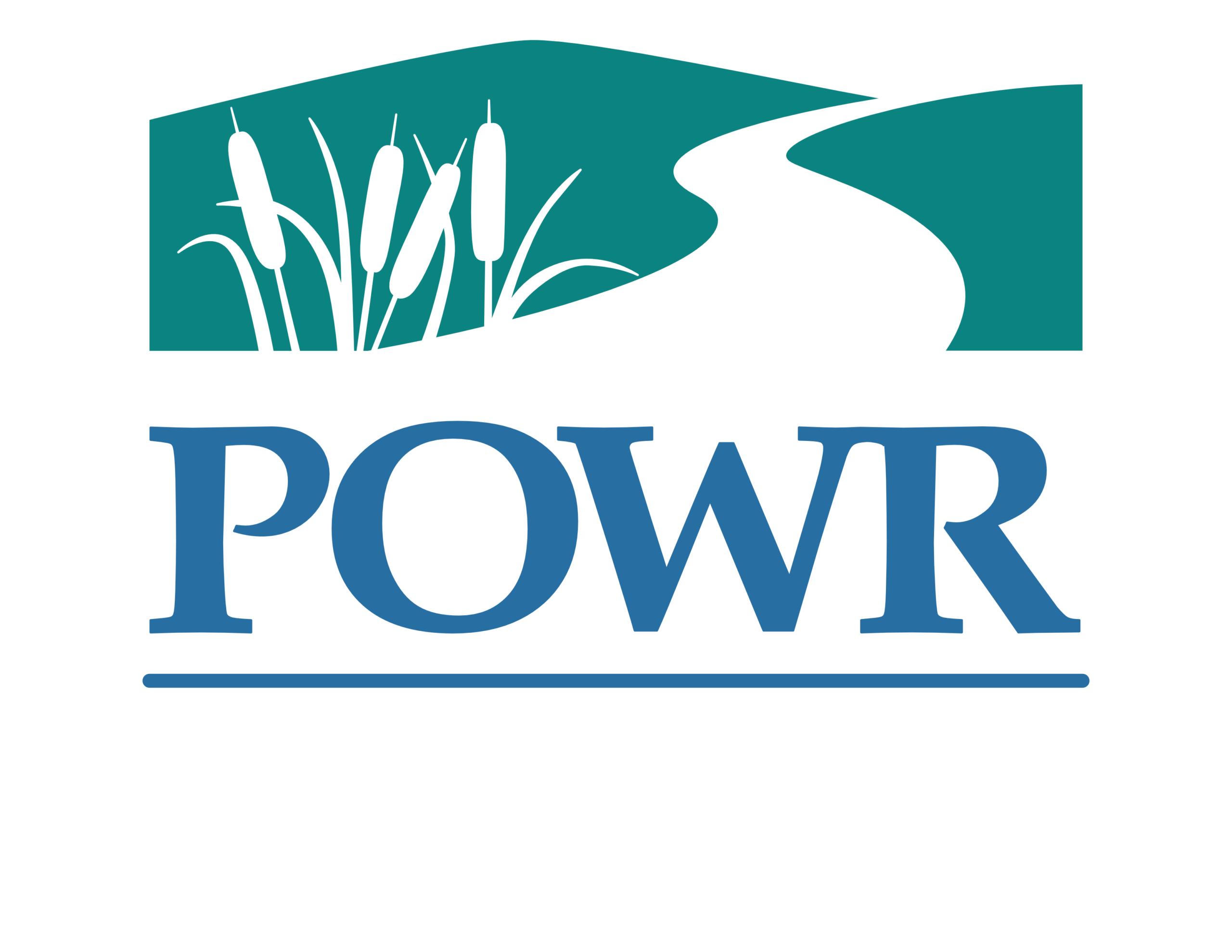LOUISVILLE, Ky. — More than 120 local, state, and national conservation organizations launched the Healthy Waters Coalition to restore and protect the interconnected waters of the Ohio River Basin. This new coalition seeks to secure a regional restoration plan and the federal funding to implement it — goals that align with a broad collaboration underway in the region that is calling for more to be done to protect the waters that 30 million people depend on for their drinking water.
The Basin encompasses portions of Alabama, Georgia, Kentucky, Illinois, Indiana, Maryland, Mississippi, New York, North Carolina, Ohio, Pennsylvania, South Carolina, Tennessee, Virginia, and West Virginia. The region is the ancestral and historical homelands of over 40 federally recognized Tribal Nations, including those currently in the region, the Eastern Band of Cherokee Indians and the Seneca Nation of Indians.
“The Healthy Waters Coalition will work to ensure all 30 million people in the region have access to clean, safe and affordable water,” said Jordan Lubetkin, director of the Healthy Waters Coalition. “Together, we will work to elevate the restoration and protection of our region’s waters as a national priority to address urgent threats like toxic pollution, sewage contamination, and flooding through new federal investments and strong clean water protections. We have solutions, and it is time to use them before the problems get worse and more costly to solve.”
The Ohio River Basin Alliance (ORBA), National Wildlife Federation, and University of Louisville Christina Lee Brown Envirome Institute released in June a draft plan to confront threats to restore and protect the Ohio River Basin. The plan calls for addressing urgent threats to people and wildlife, including toxic pollution, sewage contamination, inadequate water infrastructure, nonpoint source pollution, habitat loss, and flooding. Several Healthy Waters Coalition members participated in crafting the plan.
The collaboration with stakeholders led by the Ohio River Basin Alliance and National Wildlife Federation to craft the plan over the last four years has captured the attention of Republicans and Democrats in the U.S. Congress, who in December introduced bipartisan legislation to invest in the restoration of the Ohio River Basin. Additional bipartisan legislation is expected to be introduced in the fall to support shared clean water goals for the Ohio River Basin.
The Healthy Waters Coalition steering committee, led by the National Wildlife Federation, is comprised of representatives from American Farmland Trust, American Rivers, Appalachian Citizens Law Center, Backcountry Hunters and Anglers, Groundwork Ohio River Valley, Indiana Wildlife Federation, Kentucky Waterways Alliance, NAACP-Evansville, Pennsylvania Environmental Council, PennFuture, Rural Action, Tennessee Wildlife Federation, Upstream Pittsburgh, and West Virginia Rivers Coalition.
Despite progress over the last 50 years to restore the region’s waters by local, state, Tribal, and federal partners, serious threats continue to plague the interconnected streams, rivers, lakes and wetlands of the Ohio River region including:
- Nearly 69% of assessed stream miles and 64% of assessed lake acres in the region do not meet state water quality standards — they suffer from pollutants including mercury, PCBs, bacteria, and nutrients.
- Nearly every state in the region has issued advisories restricting fish consumption on streams, rivers, or lakes due to contaminants such as mercury, PCBs, certain pesticides, dioxins, and PFAS.
- There are at least 146 toxic waste dumps, commonly called Superfund sites, in the Ohio River Basin — with some are already contaminating water supplies and all of them threaten to.
According to data from the Environmental Protection Agency (EPA), low-income communities suffer disproportionate harm from pollution. In the Ohio River Basin, approximately 50 percent of people in the region live in counties considered economically distressed or at risk. Residents who live in distressed or at-risk communities have shorter life expectancies, higher incidences of heart disease, diabetes, mental distress, and more drug-related deaths than people who reside in more economically advantaged communities.
“Clean drinking water is a basic need, but right now too many communities in the U.S. are dealing with health-threatening pollution,” Lubetkin said. “We need to ensure everyone has access to clean, safe, and affordable drinking water, and we need to start where the problems are biggest. The Healthy Waters Coalition will strive to ensure that the communities that have been harmed the most by pollution are prioritized when it comes to cleanup, and that the people who live in those communities have a voice in the solutions.”
Funding to support the formation of the Healthy Waters Coalition has been provided by the Owsley Brown II Family Foundation, Network for Landscape Conservation Catalyst Fund, Tides Foundation, and Water Solutions Fund in coordination with Mosaic.
The Ohio River Basin restoration and protection plan can be found HERE.
More information on the Healthy Waters Coalition, including how conservation organizations can join the coalition, can be found HERE.

